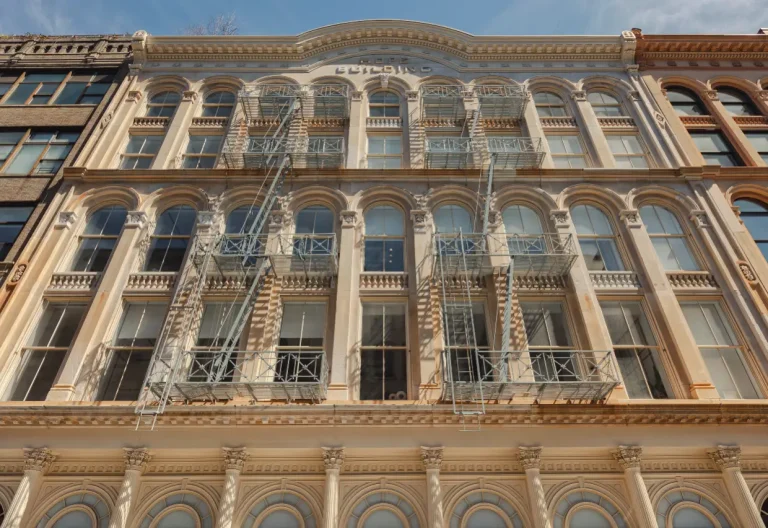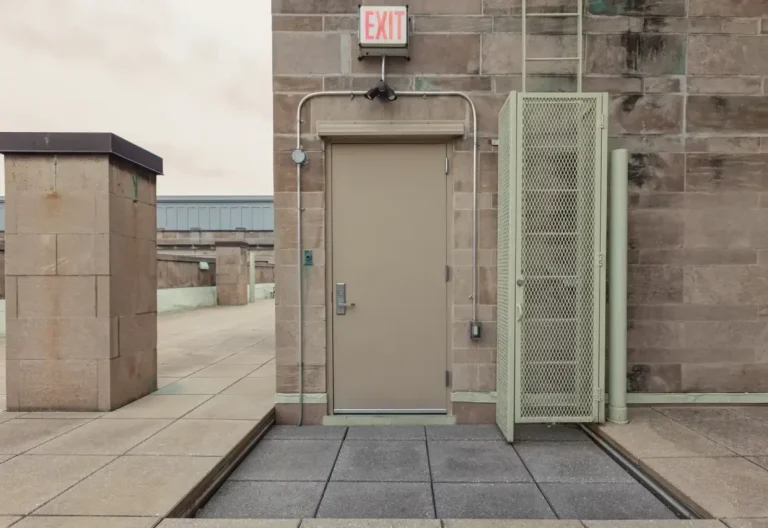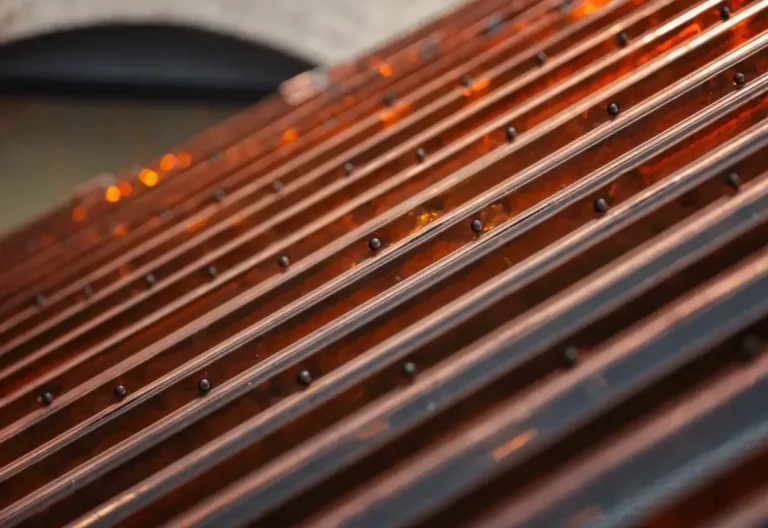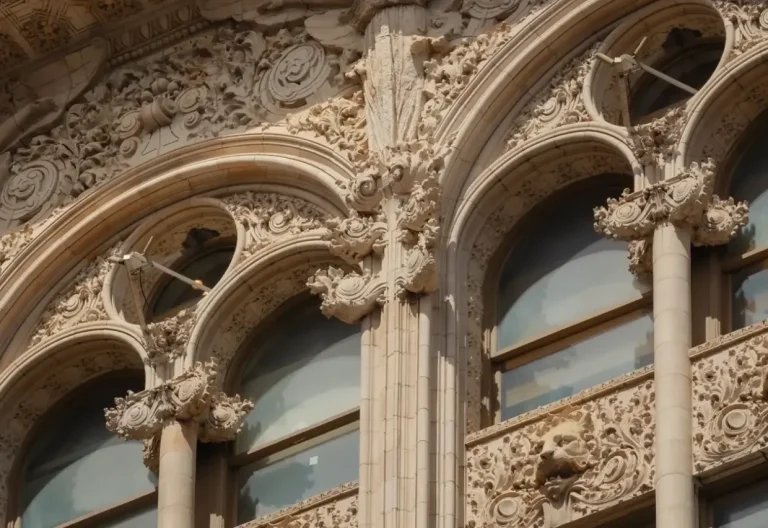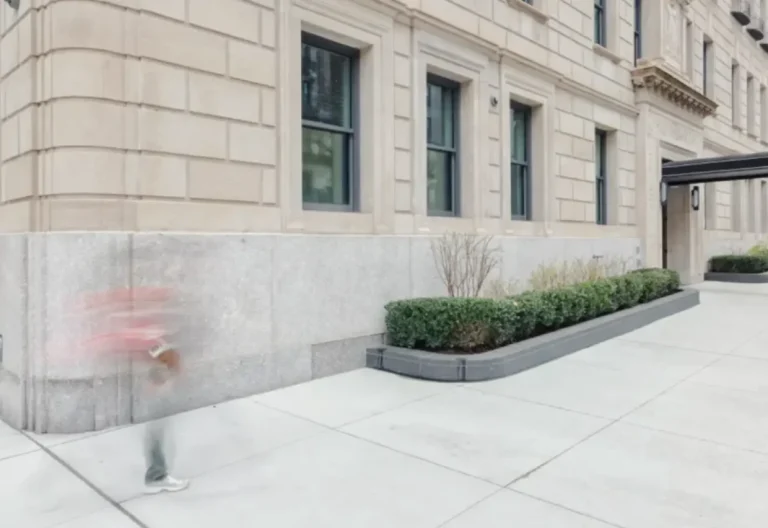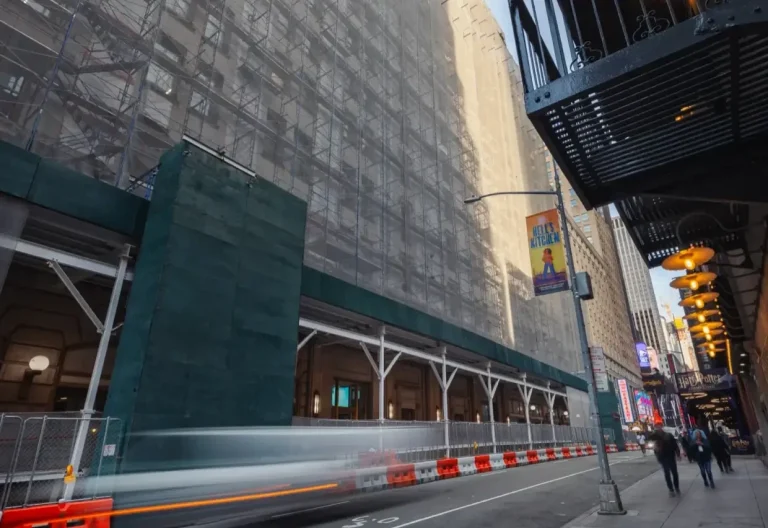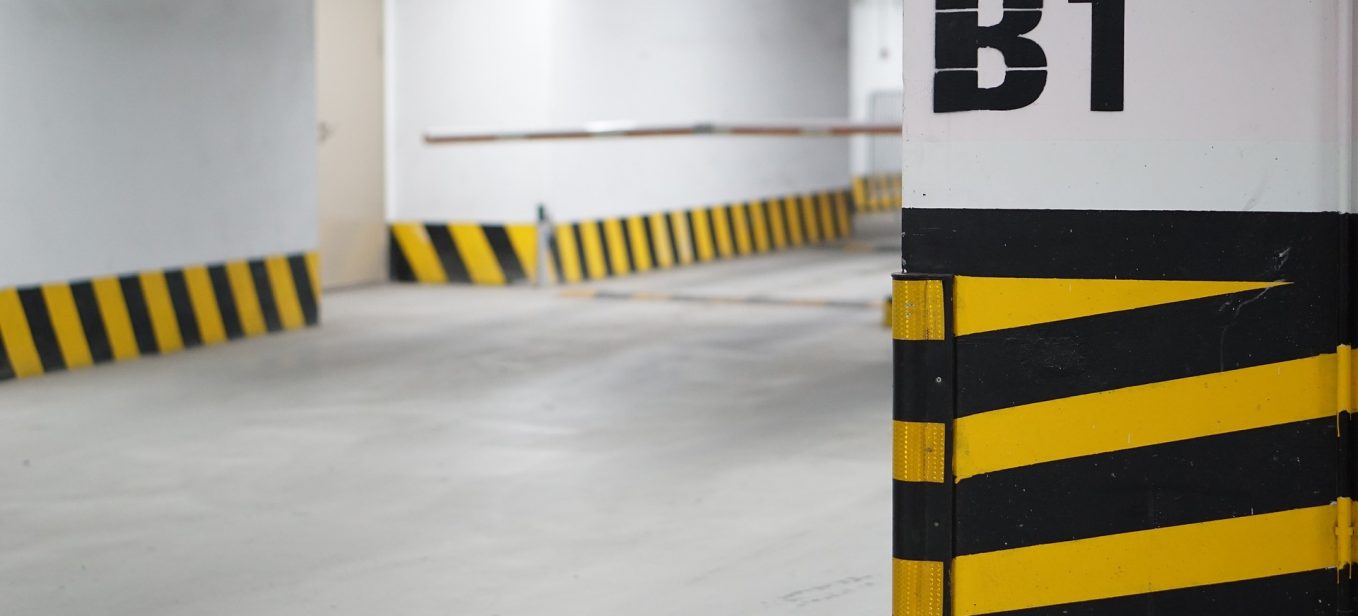
Avoiding Fines: Local Law 126 Compliance for Parking
- By: Nova Construction Team
- Published:
- Updated: December 19, 2025
Local Law 126 has introduced important requirements for parking structure owners in New York City. If you do not comply with these regulations, you could face significant fines and penalties.
This guide will help you understand the financial risks of non-compliance. It will also provide strategies to keep your parking structure compliant and safe.
Here’s what you need to know.
Overview of Potential Fines and Penalties
Local Law 126 introduces significant financial consequences for non-compliant parking structure owners in New York City. The fines and penalties associated with violations can quickly add up, making it crucial for property managers to understand and prioritize compliance.
Here are the potential fines owners of parking structures must consider:
- late filing: $1,000 per month
- failure to file: $5,000 per year
- failure to correct Unsafe conditions: $1,000 per month
- failure to correct SREM (Safe with Repair or Engineering Monitoring) conditions: $2,000 (one-time penalty)
Additionally, there are filing fees associated with the inspection process:
- initial report: $305
- amended/subsequent report: $85
- extension request: $65
Key Compliance Deadlines
- Sub-cycle A (January 1, 2022 – December 31, 2023): Manhattan Community Districts 1-7.
- Sub-cycle B (January 1, 2024 – December 31, 2025): Manhattan Community Districts 8-12 and all Brooklyn Community Districts.
- Sub-cycle C (January 1, 2026 – December 31, 2027): All Bronx, Queens, and Staten Island Community Districts.
For a detailed explanation of Local Law 126 and its requirements, check out our article “Local Law 126: Key Info for Parking Garage Owners.”
Strategies for Timely Inspections
Timely inspections are the cornerstone of Local Law 126 compliance, helping parking structure owners avoid penalties and ensure safety.
Implementing effective strategies can make the difference between a smooth inspection process and a last-minute scramble to meet deadlines.
- Plan ahead: Schedule your inspection well in advance of your filing deadline.
- Choose a reliable QPSI: Select a Qualified Parking Structure Inspector with a track record of timely and thorough inspections.
- Prepare documentation: Gather all relevant documents (previous reports, repair records, etc.) before the inspection to streamline the process.
- Address known issues: Fix any obvious problems before the inspection to improve your classification.
- Facilitate access: Ensure the QPSI has full access to all areas of your parking structure.
- Budget for potential repairs: Set aside funds for possible repairs identified during the inspection.
- Stay informed: Keep up-to-date with any changes to Local Law 126 requirements.
- Use reminders: Set up a system to remind you of upcoming deadlines and annual observation requirements.
Addressing SREM Conditions
SREM (Safe with Repair or Engineering Monitoring) conditions present a critical challenge for parking structure owners. Proper management of these issues is essential to prevent escalation to Unsafe status and avoid severe penalties.
Here are key strategies to effectively address SREM conditions:
- Understand the timeline: SREM conditions must be addressed within the timeframe specified by your QPSI, typically before the next inspection cycle.
- Prioritize repairs: Create a repair schedule based on the urgency of each SREM condition.
- Regular monitoring: Implement the monitoring program recommended by your QPSI to track the progression of SREM conditions.
- Prompt action: Address any deterioration promptly to prevent conditions from becoming Unsafe.
- Document all repairs: Keep detailed records of all repair work performed.
- Follow-up inspections: Schedule follow-up inspections as required to verify that repairs have been completed satisfactorily.
- File amended reports: Submit amended reports to the DOB after completing repairs to update your structure’s status.
- Plan for long-term maintenance: Develop a comprehensive maintenance plan to prevent future SREM conditions.
- Budget appropriately: Allocate funds for both immediate repairs and long-term maintenance.
- Consult experts: When in doubt, seek advice from structural engineers or your QPSI on the best approach to address SREM conditions.
Tips for Maintaining Ongoing Compliance
Achieving compliance with Local Law 126 is not a one-time effort but an ongoing commitment to maintaining the safety and integrity of your parking structure.
By implementing these best practices, you can ensure long-term compliance, avoid costly fines, and protect your investment:
- Conduct annual observations using the QPSI-provided checklist.
- Address minor issues promptly to prevent escalation.
- Maintain a regular maintenance schedule.
- Keep thorough records of all inspections, repairs, and maintenance.
- Stay informed about any updates to Local Law 126.
- Build relationships with reliable contractors for quick response to repair needs.
- Consider implementing a structural health monitoring system.
- Educate your staff about the importance of ongoing observation and maintenance.
- Plan and budget for future inspection cycles.
For a detailed look at the inspection process itself, be sure to read our article “Inspection Requirements for Parking Under Local Law 126.”
Got a project in mind? Let's chat about bringing your construction vision to life!
FAQ
What is Local Law 126, and how does it relate to parking structures?
Local Law 126 mandates that owners of parking garages in New York City must conduct a condition assessment of their parking structures at least once every six years to ensure compliance with safety standards outlined in the NYC Administrative Code.
Who is qualified to perform the condition assessment?
The condition assessment must be performed by a New York State licensed professional engineer who is qualified to inspect the structural elements of the parking structure.
What happens if issues are found during the condition assessment?
If any issues are identified during the condition assessment, they must be corrected within two weeks, and a compliance report must be filed with the NYC Department of Buildings (DOB) to confirm that the necessary repairs have been made.
Are there any penalties for failing to comply with Local Law 126?
Yes, owners of parking garages who fail to comply with Local Law 126 may face fines and penalties as stipulated by the NYC Administrative Code, which can include the need to file an amended report if the initial one is found lacking.
What is the initial condition assessment, and how does it differ from subsequent assessments?
The initial condition assessment is the one-time initial observation required for newly constructed parking structures, while subsequent assessments are conducted every six years to ensure ongoing safety and compliance with the NYC construction codes.
What specific elements are inspected during the condition assessment?
The condition assessment includes a thorough inspection of all structural elements of the parking structure, including beams, columns, and flooring, to ensure they are maintained in a safe and functional condition for parking or storing motor vehicles.

